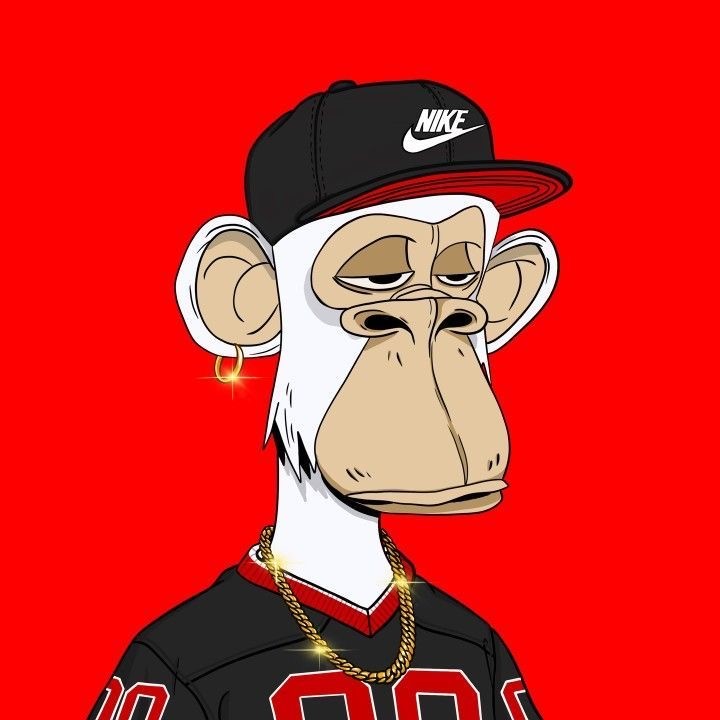Within the perpetually shifting terrain of technology and finance, the advent of Non-Fungible Tokens (NFTs) has indisputably ensnared the global gaze. NFTs, these one-of-a-kind digital assets, have ignited impassioned discussions, compelling us to scrutinise whether they signify a revolutionary breakthrough or merely serve as another speculative bubble poised for an inevitable collapse.
Unquestionably, NFTs have sparked a revolution in the art world that has radically changed its structure. A once-in-a-lifetime chance for artists to profit from their digital works of art has presented itself. With its ability to verify ownership and authenticity, blockchain technology has brought about a degree of trust and openness that was previously unheard of in the traditional art market. Young artists and patrons who had been excluded by the exclusivity of traditional galleries can find promise in this newfound accessibility.
Nonetheless, the NFT market’s rapid rise has raised concerns about its long-term viability and the legitimacy of certain artworks. The frantic speculation that is propelling NFT values into the stratosphere, raising seemingly banal digital data into the realm of astronomical value, mirrors other speculative manias, such as the tulip craze in the 17th century or the dot-com boom in the early 2000s. It is an important time, one that necessitates a clear separation between real artistic admiration and the profit-driven impulses that have historically plagued the art markets.

The environmental ramifications of NFTs constitute a pivotal and pressing issue. The prodigious energy demands of blockchain technology, notably the Ethereum network, extensively utilised for NFTs, have elicited apprehension in a world grappled by the throes of climate change. The carbon footprint stemming from NFT transactions constitutes a legitimate drawback within the otherwise auspicious technological landscape, necessitating rigorous industry efforts to confront these ecological concerns and uphold its ethical standing.
Additionally, the precise definition of NFT ownership remains an issue due to the ease with which digital files can be duplicated and their limitless repeatability. Despite not necessarily granting exclusive rights to the contents of the digital file, NFTs grant ownership of a token that points to it. For instance, possessing an NFT connected to a well-known work of art does not give you the right to restrict access to or copying of the image. The uncertainty increases the speculative foundations of NFT ownership.
Amidst these nagging concerns, NFTs boldly present groundbreaking solutions to entrenched quandaries, most notably the perennial issue of artist royalties. Harnessing the prowess of smart contracts, artists can now secure a share of proceeds from future sales, proffering a markedly fairer arrangement than the antiquated art market ever did. This revolutionary feature possesses the potential to emancipate artists, thereby combatting the spectre of exploitation that has long haunted the realm of art.

Furthermore, the distinctions between the physical and the digital within the art world have been erased by the NFT obsession. NFTs have introduced a new dimension to a field that has historically been bound to physical items, giving significance to the ethereal digital environment. The traditional conventions governing art, ownership, and valuation are challenged as a result of this seismic shift, forcing the art world to reorganise its boundaries and open up new worlds.
The NFT phenomenon wields a two-edged sword. It unquestionably offers creative answers to venerable problems that have plagued the world of art for centuries, such as how to ensure that artists receive fair recompense and monitor provenance. However, the NFT market’s rapid growth in price and the impending environmental concerns linked to blockchain technology have us in the midst of a serious conundrum.
To discern whether NFTs truly herald an era of innovation or remain entrapped within a speculative maelstrom, we must proceed with discernment. By accentuating the cultural and artistic worth of these digital assets above their potential for swift financial gains, we can unlock the genuine transformative potential of NFTs while adroitly sidestepping the pitfall of yet another speculative bubble.
Sources
- https://www.sciencedirect.com/science/article/pii/S2352673422000075
- https://www.analyticsinsight.net/innovative-ways-to-use-non-fungible-tokens/#:~:text=Non%2Dfungible%20tokens%20have%20emerged,drive%20innovation%20across%20various%20industries.
- https://www.mdpi.com/2076-0752/12/1/25
- https://jingculturecrypto.com/the-nft-bubble-a-year-of-speculation-or-a-path-to-future-innovation/




